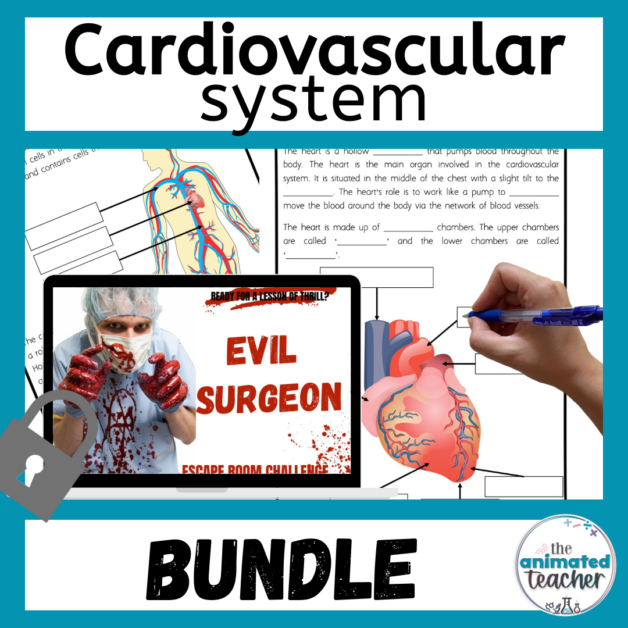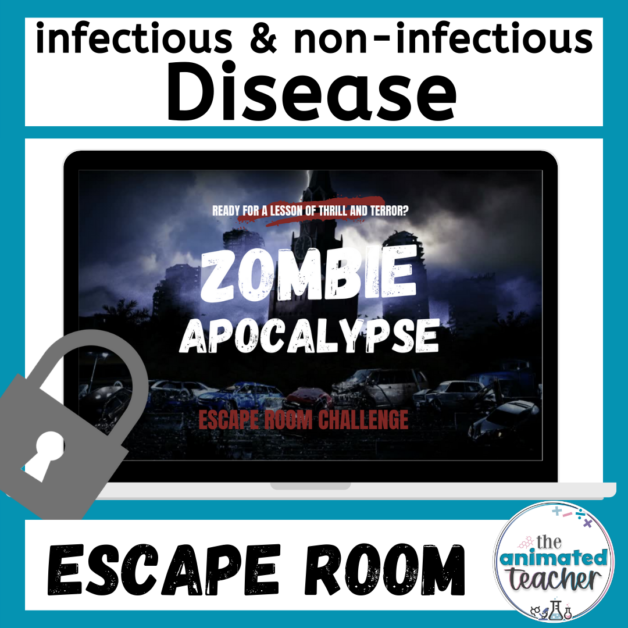
11 practical tips to start the school year off right
11 practical tips to start the school year off right
It’s that dreaded time again… Summer is ending, back-to-school sales are starting, and you’re staring at a very long year ahead (do they keep getting longer??)
Regardless of how much you love teaching, it is still a difficult profession.
Something that can make all the difference for your year is to start the school year off right.
Here are 11 tips that I have found really help me start the school year off right and help me to continue the year without feeling like I am drowning.

Disclaimer: This blog post, ’11 practical tips to start the school year off right’, may contain affiliate links. This means I may receive a small commission on qualifying purchases. This is of no extra cost to you and it helps me to continue writing awesome content for you! Read full disclaimer here.
How to start the school year off right
1. Be organized
This shouldn’t come as a surprise when we are talking about how to start the school year off right. But how do we do it? I guess this looks different for everyone.
For me, I prefer to give up some of my holiday time in order to prepare for my first two weeks of teaching including lesson planning, assessment task writing, setting up my work diary and admin tasks.
While a lot of teachers don’t like to work in their holidays, I find it gives me a better work-life balance throughout the year if I do.
2. Check your wardrobe
There have been so many years where I have started the school year realizing that so many of my ‘good’ work clothes are definitely not ‘good’ anymore. They are worn out, stained or don’t fit properly anymore.
It is worth doing a quick run through your closet and allowing yourself some time during the holidays to keep an eye out for those staples you want to replace because once term starts there will be many other things that will take priority over this.
I don’t enjoy online shopping for clothes as I prefer to look in shops and try them on first. During school term, I don’t have any time to do this (particularly with 2 young kids in tow), so holidays are the only time I can do this.
3. Set routines for your workload
I find this important for staying organized and saving time during the term. I map out when I am going to lesson plan for each year level, and when I will set aside time for assessment writing, grading, and report writing.
Setting routines is a really important time-saving hack for teachers. To see my full list of 49 time-saving hacks click the link here!
How to start the school year off right
4. Schedule ‘you time’
It is important when setting your routines that you also include time for family, exercise, rest, and the things you enjoy. For me, having a scripted timetable for each week ensures I maintain a balance between work and home.
Yes, there are definitely times these routines need to adjust to suit variations in workload or family needs, but if you have one to start with then, it allows you to make those adjustments in a sensible way as well and also to be aware of when the balance starts to go off.
5. Get to know your students before you meet them
What do I mean by this? Data.
Have a look at the data you have on your students before you meet them in class. This is even more important if you haven’t taught them before.
At my school, we have a range of data collected on each student including NAPLAN (Australia), CogAT, PAT tests as well as class and subject-related data and reports.
This data helps me to make my class groupings, seating plans and differentiation options ahead of meeting my students face-to-face.
I also find it helps me learn my students’ names faster and cater to their learning abilities right from the outset instead of just guessing for the first few weeks.
How to start the school year off right
6. Have your assessments written
Having your assessments written ahead of the term starting or within the first few weeks is important for multiple reasons.
- It ensures you know where you are heading with your classes so you can plan your learning sequence appropriately
- When the term gets busier and workload starts to pile up, it takes the pressure off knowing it is already completed.
- Parents and students will often enquire about the assessments early in the term. This allows you to answer their questions honestly which will help build their confidence in you as the teacher.
7. Set routines with your students
Classroom routines are important for you and your students to start the school year off right. They help the students feel that you have control over the classroom and they know what to expect.
Routines also help you to save time as you don’t have to explain yourself every time as students get to know what the ‘normal’ is.
For instance, some routines I have in my classroom include:
- Where students are to wait to enter the room
- Where they place their bags
- Where students sit when they enter the room
- Where to find work if they were absent,
- How to turn in homework,
- What to bring into every lesson
- How to find important notices and assessment notifications
- How to contact me if needed
8. Introduce yourself to your students and their parents
While a lot of teachers introduce themselves to their students, they often forget to introduce themselves to their parents.
I like to send home a ‘meet the teacher’ page so that both my students and their parents feel they know who I am, what is expected, and how to contact me appropriately if needed. This ensures a positive first interaction and it goes a long way to start the year off right with these important stakeholders.
How to start the school year off right
9. Invest time to build relationships with your students
No, I don’t mean do heaps of ice-breakers (I hate those!)
Now that you are meeting your students in the first week of school, get to know them!
I actually hate ice-breakers. I feel uncomfortable with them, the majority of my students feel uncomfortable with them, and they are just awkward and a waste of time.
Instead, I created this ‘all about me in science lab bunting’ resource to get to know my students in a less threatening way whilst also creating some free decorations for my lab! If you aren’t a science teacher, I also created this non-subject-specific bunting too! (And it’s FREE).
In addition to this activity, and actually more important than the above activity is just making time to chat with your students. Plan some activities in the first week which allow you time to walk around and have a chat with students in pairs or small groups. Ask them how their holidays were. What was their favorite memory of their holiday time? What friends did they catch up with? What sports or games or activities did they do? What are they looking forward to this year? What is their favorite subject?
10. Sketch out your lesson sequence
Sketch out your term so you see well in advance gaps you might have in resources so you either have time to create them / find them or buy them.
While I don’t have time to lesson plan an entire term before I start back at school, often I will map out my learning intentions for the term and make a note of any sections where I don’t have my own resources or I want to update my resources.
This gives me an idea of whether I have time to either create the resource myself, update an existing resource, or purchase a new resource.
When I have planned this it also allows me to take advantage of things like Teachers Pay Teachers sitewide sales so I can grab the resources I want at a discount rather than getting to the week I want it and having to pay full price.
11. Think about how you can prepare healthy lunches
This may not be on the normal ‘start your school year off right’ blog post – but I guarantee it is actually one of the most important.
Eating a well-balanced lunch every day is essential for your energy levels throughout the day and for sustaining you throughout the term. It also helps you to maintain a healthy immune system and makes you less susceptible to the many illnesses that walk through the door with your students.
Need some ideas? Read my post on 33 easy lunch ideas for teachers here!
Conclusion
If you start the school year off right, it sets the tone for the year. It can make a huge difference in your energy levels and confidence throughout the term.
What do you do to start the school year off right? Please share your top tips below!
How to start the school year off right




























